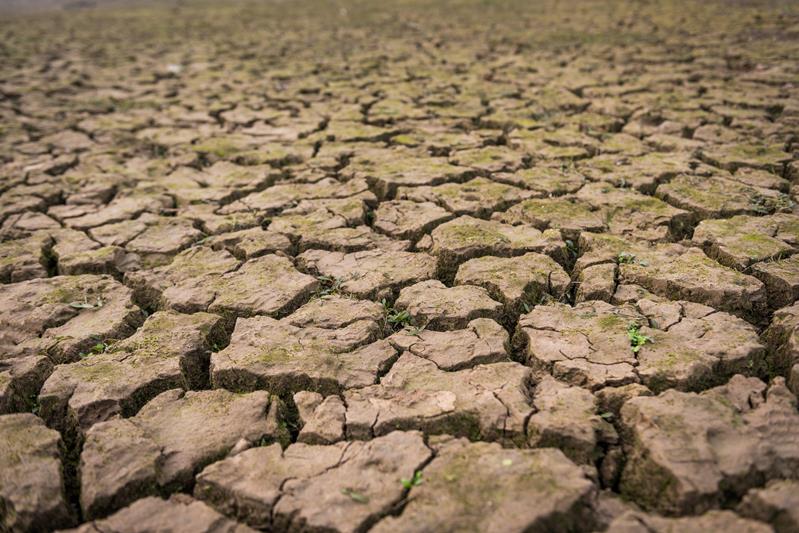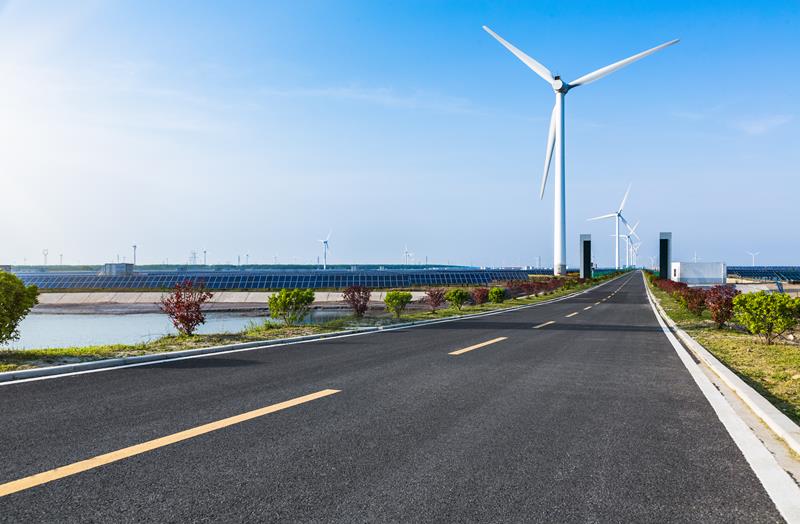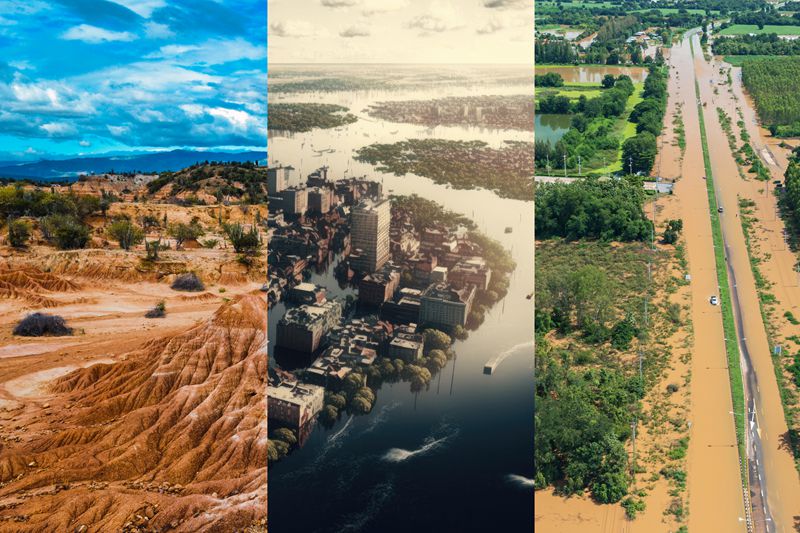Global climate change is one of the most pressing environmental problems facing humanity. Environmental scientists refer to the general fluctuations in temperature and weather patterns on our planet that occur over time. This process can last from several years to tens of centuries. It is a natural part of the overall chain, caused by many importances, such as solar radiation, the direction of currents in the waters of the World Ocean, the activity of volcanoes, wind direction, air currents, and other important factors. Under weather conditions, we consider humidity, temperature, solar activity, gusts of wind, and cloudiness.
But now this is due to global warming, caused mainly by human activities, changing the gas composition of the atmosphere. This negatively affects living conditions on the planet, and the ecological community and ecosystems are in danger of destruction collapse. In this overview, we highlight the most vulnerable regions and explore potential solutions to address these challenges.
Consequences of Climate Change
Unfortunately, the planet is only warming up, not cooling down. This means there are more hot days and fewer cold days annually. Researchers measure heat and then calculate it for the entire planet. Over 150 years of weather observations, scientists estimate that the average temperature on Earth has also increased by 1.1 degrees Celsius, and the average temperature in the Arctic regions has already increased by 2 degrees Celsius. In the Arctic climate zone, it occurs twice faster, which leads to rapid melting of glaciers. At this rate, within 30 years we will not see ice in the Arctic in the summer. This threatens glaciers, which reflect between one-third and one-half of solar radiation, as meltwater flows into the oceans, raising both their volume and temperature.
Biological diversity is changing, endemics are disappearing, and many species need protection due to the threat of extinction. Climate refugees are becoming increasingly common – people who fled home due to adverse weather conditions. Changing climate conditions may trigger migration to other countries.

Most Affected Places on the Planet
Scientists say that if global climate change does not slow down, then most of the planet will become uninhabitable for humans due to warming. Today, many regions are already facing difficult problems associated with changing climate conditions.
Regions of Africa
Heat, rising sea levels, unpredictable rains and floods are deteriorating agriculture in Africa, causing famine. Water bodies drying up due to the heat deprive farmers of the opportunity to rinse, and pastures disappear, leading to the death of livestock. Climate-related diseases are spreading rapidly in countries that lack sufficient resources to prevent and treat them, exacerbating an already dire situation.
Central and South America
The most modern ecological problem is the destruction of Amazonian forests. Currently, the largest environmental crisis on the mainland is the catastrophic reduction in the area of moist equatorial forests and the depletion of their species composition, as well as the destruction of savannah vegetation. The deterioration of the climate is also affected by water and air pollution from countless industrial enterprises.
South America’s protected area is small, so countries in the region are developing conservation measures to stop the destruction of the equatorial forests that produce oxygen for the entire planet. Global warming disrupts regional microclimates, leading to droughts, extended dry periods, dust storms, and severe weather events like tornadoes, typhoons, hurricanes, cyclones, and floods.
South Asia
Scientists explain that widespread and severe climate change in South Asia is due to several factors.
Firstly, the region’s low-lying terrain leads to the accumulation of heat and moisture. Also, a significant amount of summer precipitation and a constantly high level of humidity create unique climatic conditions. Many large rivers and extensive irrigation systems also influence the climate balance. In addition, India, along with China, is one of the leading sources of greenhouse gases, which contributes to global warming and ozone layer depletion. These factors combine to exacerbate the region’s climate problems.
Exploring Possible Solutions
A climate change adaptation method has been proposed to address the infusion factors. It can take place at any level of society, country or region. There is no one-size-fits-all solution—adaptation may involve constructing flood barriers, implementing cyclone early warning systems, and adopting drought-resistant crops
For example, the Netherlands plans to remove 10% of asphalt pavement over the next 10 years and replace it with lawns, shrubs, and trees. This will allow 90% of rainwater to freely enter the soil and prevent flooding of roads, and sidewalks during heavy downpours. Also, green spaces help to reduce the temperature around you.
Denmark is actively greening roofs, and creating gardens with lawns and trees on them. In Copenhagen alone, more than 40 of these green roofs have been installed, turning urban spaces into eco-friendly and picturesque oases.
Another tool for adapting to climate change is warning systems based on weather forecasts, heat indexes, minimum nighttime temperatures, and other meteorological data. It can be used to notify of future heat waves or emergencies.
The EU has established the Climate Adapt platform to facilitate the sharing of experiences and practices related to adaptation, offering policies, research, practical projects, and effective adaptation tools. To mitigate the swift impact of global changes, humanity must collaborate, form international organizations to tackle the issue urgently, and support the most vulnerable regions. We must also cease fossil fuel extraction and use, enhance energy efficiency, and develop new facilities for renewable energy production.




